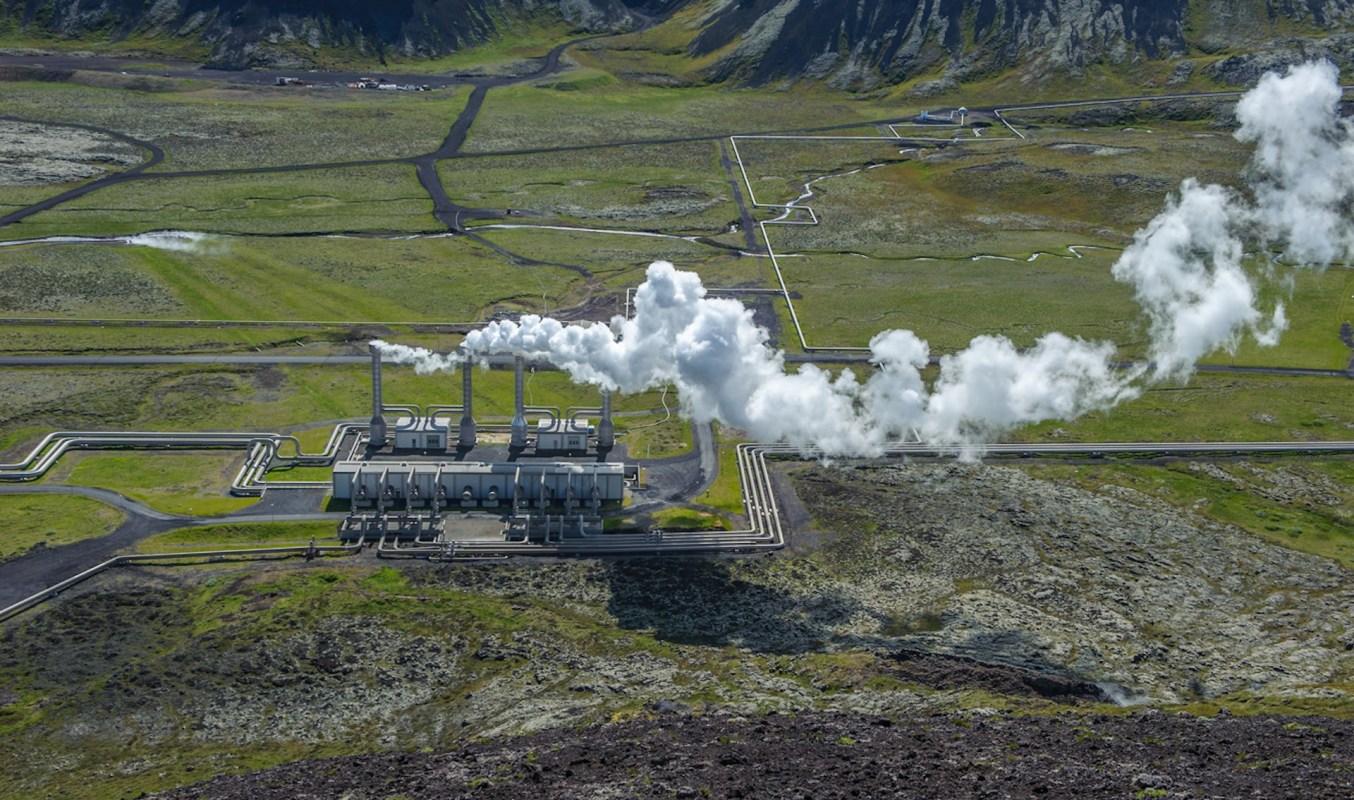Sites that were once dedicated to the extraction of dirty fuel could become the next frontier for clean energy, with a study revealing how viable former oil rigs could be for the creation of sustainable power.
EnQuest, CeraPhi Energy, and the Net Zero Technology Centre (NZTC) began research in 2022 about how the North Sea's Magnus platform could be used for geothermal energy and carbon capture.
"Imagine standing on the precipice of a revolution, where the relics of the old energy world morph into the vanguards of the new," BNN Breaking wrote. "This isn't the plot of a futuristic novel; it's happening right now."
It's proposed that decommissioned oil wells could be transformed to convert heat energy, while the "produced water" stream at these sites is also a potential energy source.
Some 25 wells were deemed appropriate for investigation, with true vertical depths ranging from 2,934 meters (about 1.8 miles) to 3,452 meters (about 2.1 miles), per the study document.
"In general, the deeper the well is vertically, the hotter the well gets, improving the potential geothermal output," the study reads.
It's said the majority of wells had "very good thermal energy recovery potential," with temperatures around 231.8 degrees Fahrenheit (111 degrees Celsius).
The report goes on to say that, based on exclusively using a closed-loop geothermal heat generator — developed by CeraPhi Energy — each well could generate 440 kilowatts of thermal energy.
Meanwhile, the "produced water" wells at the site can fill 165,000 barrels per day, with temperatures reaching 212 degrees Fahrenheit (100 degrees Celsius). Using a "bespoke solution," the study found it could be used to generate a maximum of 4.5 megawatts of electricity.
"For every MWh [megawatt-hour] per year that could be generated using clean geothermal power the amount of carbon dioxide not released to the atmosphere is 0.653 tons per year," the report reads. "For a system using the produced water as a source … this provides 39,420 MWh per year thus saving 25,751 tons of CO2 equivalent annually."
The Magnus oilfield remains operational, but the study shows the potential for clean energy creation if it were no longer used for drilling for dirty fuel. Meanwhile, the opportunity to store carbon pollution in the wells is promising, too.
Challenges remain, though, with further investigation required and the costs to successfully convert old oil sites perhaps prohibitive. But, regardless, it demonstrates what a little bit of ingenuity could achieve as we look away from dirty fuel and toward clean energy sources and technologies.
"It's a different frontier to where we're going. It's a bit like, 'So we've been to the moon, so let's go to Mars,'" CeraPhi energy CEO Karl Farrow said at the 2024 Geothermal Conference, per Energy Voice. "We haven't cracked onshore yet, and the offshore bit is just another frontier in the process.
"I think what the EnQuest study has certainly demonstrated to me is, yes, there's certainly potential to use energy from wells, onshore or offshore."
Join our free newsletter for cool news and actionable info that makes it easy to help yourself while helping the planet.









